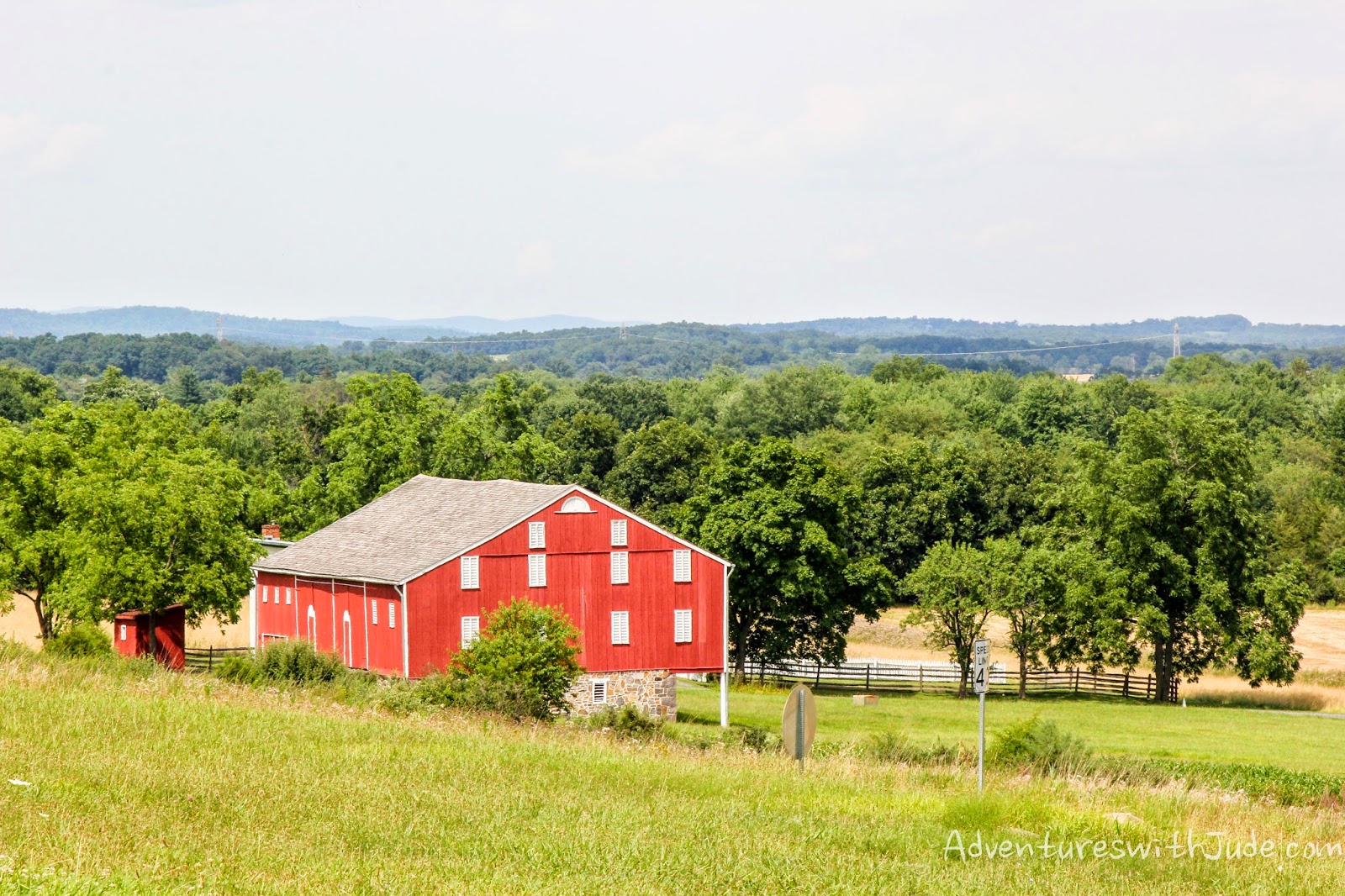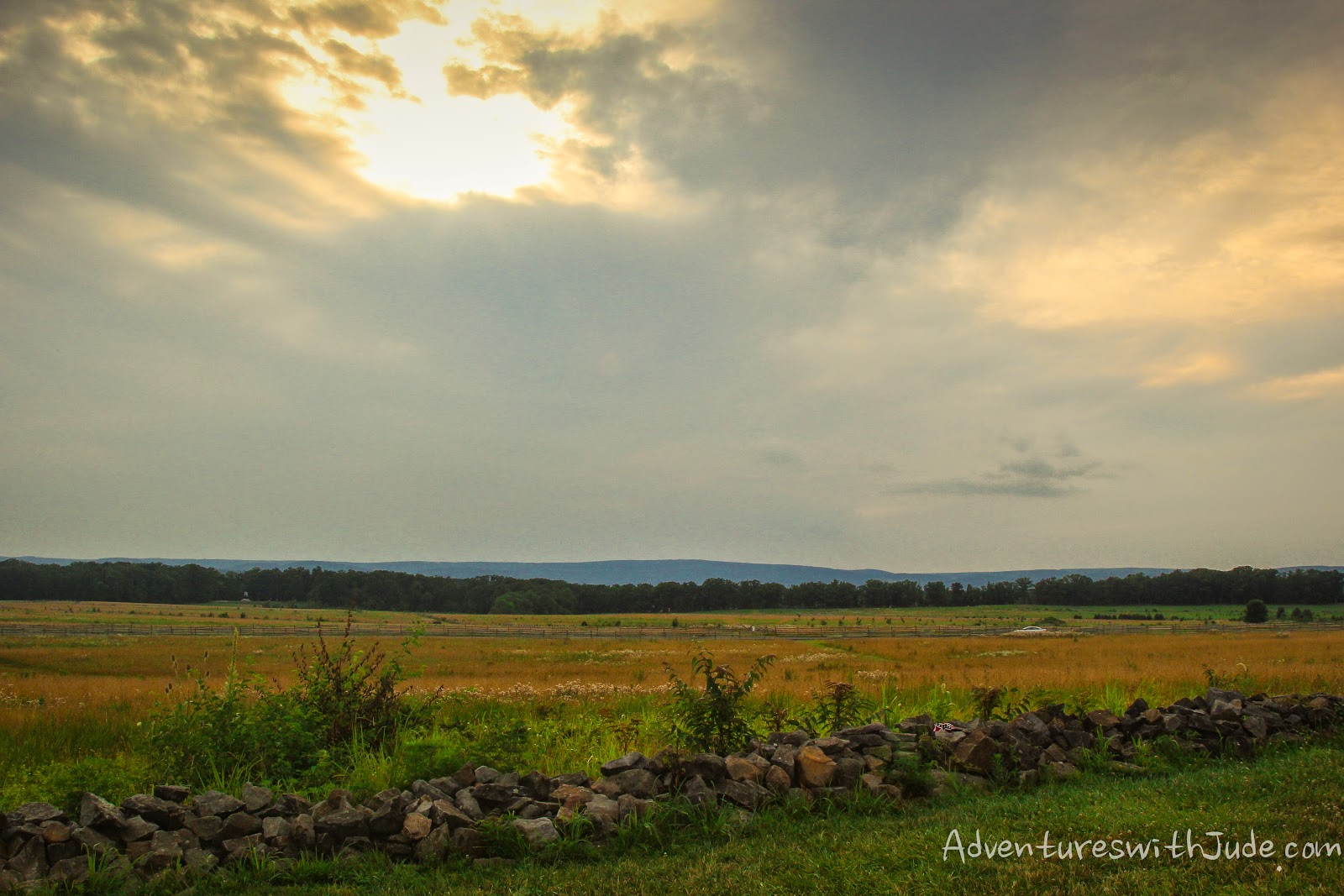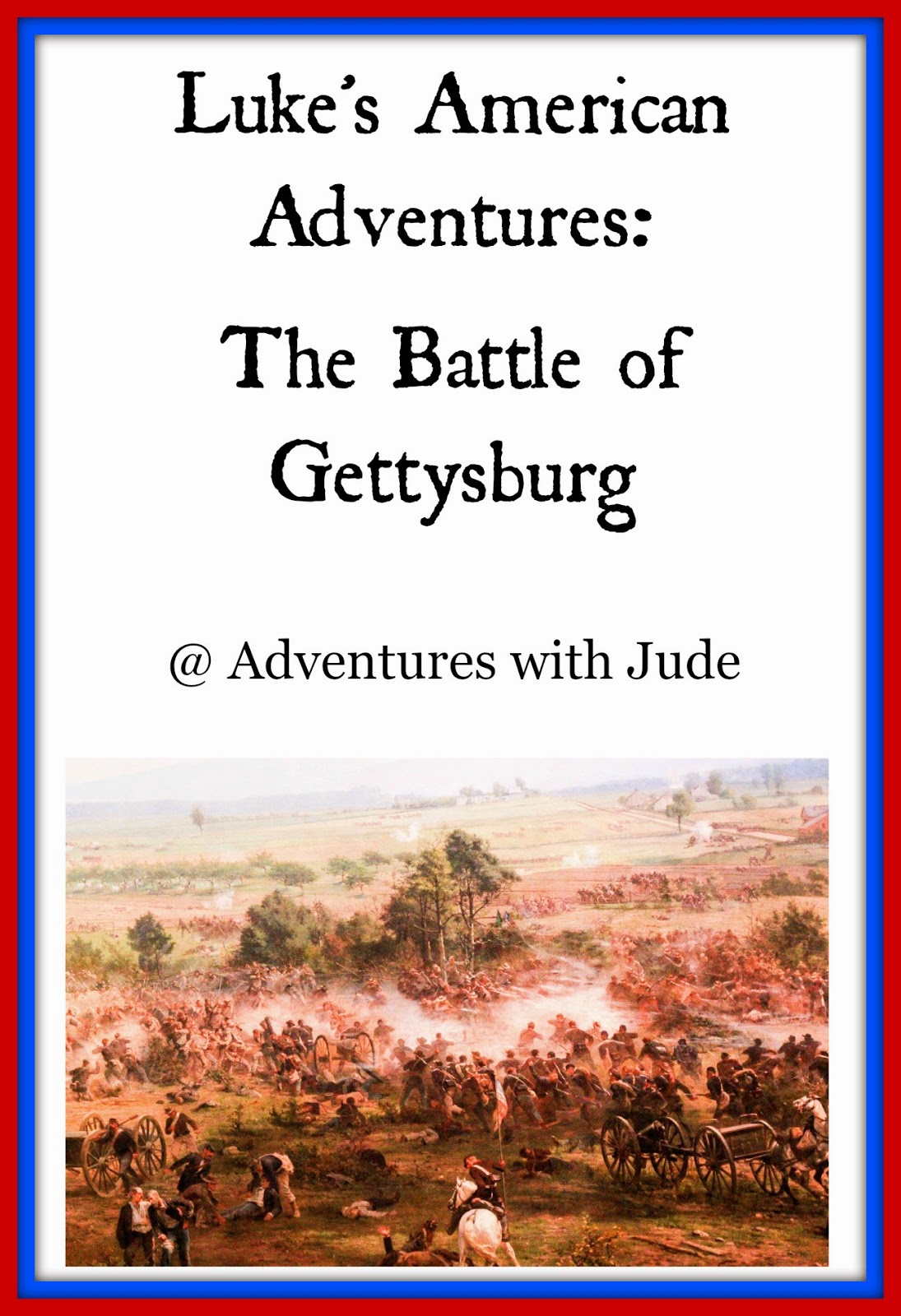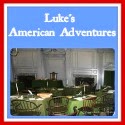The fate of the nation hung in the balance during the summer of 1863. General Robert E. Lee, commanding the "Army of Northern Virginia", led his army north into Maryland and Pennsylvania, again bringing the war directly into northern territory. The Union "Army of the Potomac", commanded by Major General George Gordon Meade, met the Confederate invasion near the Pennsylvania crossroads town of Gettysburg, and what Lee thought would be an easy victory turned to desperation. The first three days of July 1863 held one of the most crucial battles of the Civil War. The Battle of Gettysburg was a turning point in the Civil War; the Union victory ended General Robert E. Lee's second, more ambitious, and most importantly final attempt at invasion of the North.
After Lee’s first attempt at invasion failed in Antietam, he took what was left of his army and returned to Virginia. On the return march, the Army of Northern Virginia soundly defeated Union troops at Fredericksburg (December 1862) and Chancellorsville (May 1863). These victories gave Lee hope that the loss at Antietam was a fluke. Lee decided that he would again attempt to ease the burden on the war-ravaged Virginia farmlands by moving the war to Northern soil. In doing so, Lee also hoped to scare the North into stopping the war. If he could penetrate Pennsylvania, Philadelphia and other northern cities could be in striking distance while Baltimore, MD and Washington, DC would be sandwiched between Confederate holdings.
Lee felt emboldened by scouting reports; he believed there was chaos in the Army of the Potomac and only a few local militiamen guarded Gettysburg. He had defeated Union Maj. Gen. Joseph Hooker at Chancelorsville with a force half the size of the Union’s, and Hooker’s leadership and reputation were under considerable scrutiny. (On June 27, 1863, Hooker was relieved of his command and replaced by Gen. George Meade.) Although the town itself was small, ten major roads crossed in Gettysburg. If they could take the town, Confederate forces could easily reach and lay siege to nearly any major northern city. Lee could also trap Baltimore, MD and Washington, DC between Confederate holdings. It was decided; Gettysburg would be the Confederacy’s northern destination.
The Gettysburg Campaign
 | |
| The Gettysburg Campain Map www.civilwar.org |
The first major action of the campaign took place on June 9 between cavalry forces at Brandy Station, near Culpeper, Virginia. The 9,500 Confederate cavalrymen under Stuart were surprised by Union Maj. Gen. Alfred Pleasonton's combined arms force of two cavalry divisions (8,000 troopers) and 3,000 infantry, but Stuart eventually held off the Union attack, the largest predominantly cavalry engagement of the war. Though this battle was technically inconclusive, the battle struck an emotional blow to the Confederacy. Most thought the rural, agrarian South would provide better horsemen than the industrial North, but it proved that the Union cavalry was equal to its Confederate counterpart.
DAY 1
Minor regiments of the two armies initially collided at Gettysburg on July 1, 1863. Brig. Gen. John Buford and his Cavalry rode out to the low ridges west of Gettysburg and saw the Confederate army approaching. Their job was to hold them off until the rest of the Union Army was in place. Union Lt. Marcellus Jones rested a carbine rifle on a fence, and fired a single shot. The battle had begun. Two corps of Union infantry came to reinforce Buford’s men, but with two large Confederate corps flanking them from the northwest and north, Union lines began to collapse and the men retreated to their fall-back positions at Cemetery Ridge.
 |
| McPherson Barn, Oak Ridge |
The first day at Gettysburg alone ranks as the twenty-third biggest battle of the Civil War, about one quarter of Meade's army (22,000 men) and one third of Lee's army (27,000) were engaged. More significant than simply a prequel to the bloody second and third days, it showed Lee that his intelligence was mistaken and Gettysburg was not going to be an easy conquest.
DAY 2
In the overnight hours of July 2, most of the remaining infantry of both armies arrived on the field. Five more Union Corps also arrived. Moving that many men was no easy feat. For example, Confederate Maj. Gen. George Pickett’s infantry unit - one that would play a deciding role on Day 3 - began a grueling 23.5 mile march from Chambersburg early in the morning but did not arrive until early evening. In addition, cannon and other larger munitions had to be shifted around. Both sides used the bright moonlight to their advantages.
 |
| Little Round Top |
In the morning, Lee’s troops attempted to break through the ends of the hook. An estimated 20,000 men were killed or captured that day. Fierce fighting raged around Gettysburg all day. On the Union right, Confederate demonstrations escalated into full-scale assaults on Culp's Hill and Cemetery Hill. In the late afternoon, Lee launched a heavy assault on the Union’s left flank. A nearby wheat field changed hands eleven times in two hours. By the end of day 2, the Confederates had taken the town of Gettysburg. Terrified residents took cover in their homes. Only one civilian, Jenny Wade, was killed; a stray bullet went through her kitchen door and killed her as she stood at the counter kneading bread dough. However, the Confederates couldn’t declare the battle a success; while they had taken the city, the Union still held the high ground.
DAY 3
General Lee decided to renew the attack on Friday, July 3, using the same basic plan as the previous day: Longstreet would attack the Federal left, while Ewell attacked Culp's Hill. However, before Longstreet was ready, Union Corps troops began a dawn bombardment on Culp's Hill in an effort to regain a portion of the ground lost the day before. The second fight for Culp's Hill ended by late morning with a Union victory. Harry Pfanz judged, "the Union line was intact and held more strongly than before." Slowly, the Confederates were pushed out of Gettysburg.
 |
| Pickett's Charge |
Aftermath
At the close of the battle, 51,000 lay dead, wounded, captured or missing, making Gettysburg the bloodiest battle in American history. After the fighting ceased, an estimated 22,000 wounded remained on the battlefield; they were hastily transported to field hospitals, houses, and churches in the countryside. Dead soldiers still on the battlefield totalled nearly 9,000. Contractors were hired to bury dead men and animals as quickly as possible; the July heat was causing rapid decomposition and increased the risk of disease. Most were buried in mass graves where they fell. The first excursion train arrived with battlefield visitors on July 5. Filled with journalists and photographers, they arrived in time to see the carnage left in the battle’s wake. Images were printed in newspapers everywhere, bringing to light not the glory of war, but its price.
These images also motivated the public to try to preserve the bloodstained land as a memorial. On July 10, Pennsylvania Governor Andrew Curtin visited Gettysburg and expressed the state's interest in finding its veterans, and attorney David Wills arranged for the purchase of 17 acres of Cemetery Hill battlefield land for a National Cemetery. On August 14, 1863, attorney David McConaughy recommended a preservation association raise operating funds by selling memberships, and within a month’s time battlefield protection had begun. Through McConaughy, the group purchased 600 acres of land for preservation, including the peak of Cemetery Hill, Little Round Top, and parts of Culp’s Hill. On November 19, 1863, the Gettysburg National Cemetery was dedicated. President Abraham Lincoln was invited, and he gave a short, two-minute speech that is now known as the iconic Gettysburg Address.
 |
| Gettysburg National Cemetery |
©2012- 2014 Adventures with Jude. All rights reserved. All text, photographs, artwork, and other content may not be reproduced or transmitted in any form without the written consent of the author. http://adventureswithjude.com



No comments:
Post a Comment